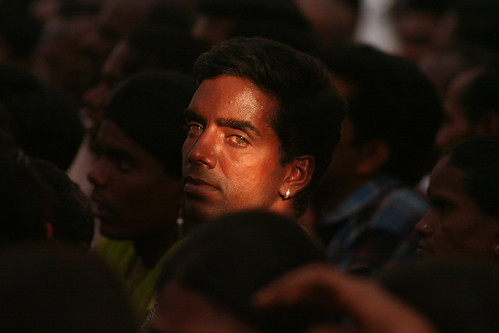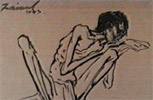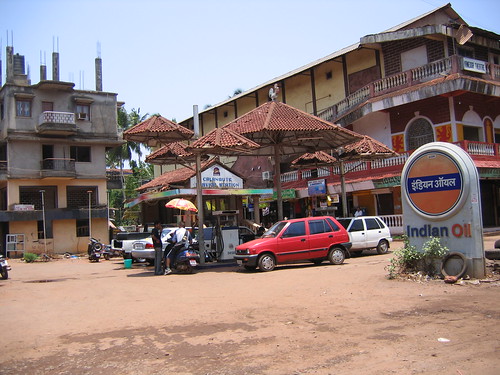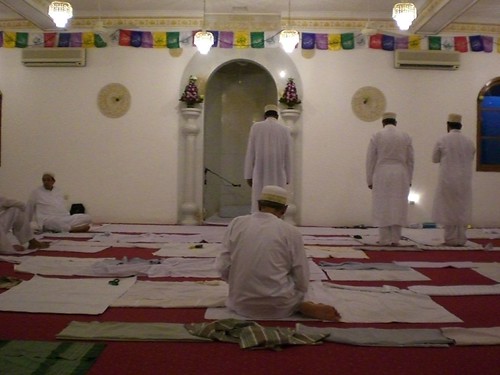
As a child, I used to read a Russian folk tale which went something like this. A reasonably wealthy family was living with their young son when their elderly parents came to live them as they were getting on in years. They elderly parents couldn’t quite cope with the life style of their children and besides they were in frail health. The father’s hands would tremble as he ate and often he would dribble his soup on the expensive table linen.
The mother didn’t see well and she would drop crumbs or break expensive crockery. So after some deliberation, the couple decided that the old couple would not any more eat at the family table – they would eat in a corner of the kitchen using a tin plate and a spoon. One Sunday morning, after the couple had come back from visiting some friends, they saw their young child busy carving some thing with his pen knife in his room. The child wouldn’t reveal much except to say that he was working on a very important project. After much coaxing though, he finally let on. He was working on a present for his parents- a tin plate and spoons so that he could look after them the way he was observing his elderly grand parents being treated.
The story is in itself pretty poignant without any further commentary. But I was reminded of it afresh after in read of the sorry plight of a mother who was driven out by her two sons literally onto the streets so that they could sell the house and pocket the money for themselves. It finally took the intervention of the court and a newly passed law, the Domestic Violence Act to get her a shelter under her own roof.
Sita Yadav, the lady in question is lucky that she had access to the courts and a sympathetic magistrate as well as a conducive law – had the Domestic Violence Act on her side. The law wasn’t around evena few years earlier and probably in that scenario, Mrs. Yadav would probably have been rendered penurious by the prolonged civil litigation. But more than that, keeping the Russian folk tale of my childhood in mind, I think of Mrs. Yadav’s sons and wonder how much money they would need that they needed to drive their mother destitute and seek solace from a magistrate’s court.
One of the plights of the senior citizens of today is that either they have children who live too far away to be of much help leading to stress and discomfort all around as guilt, duty and expectations all end up in an unpleasant cocktail. Given the scenario that we seem to be facing – the Delhi newspapers are full of elderly people murdered either by their domestic help in the fortunate situation where they have a roof and the money to pay for servants – or as in the case of Sita Yadav, literally stripped naked of her property and assets by her own kin.
Whether those who are elderly can now be reconditioned to accept the social realities they are confronted with is a difficult question to answer. But what is certain is that those who are in their middle decades and have the shadow of old age and retirement hovering around need to make preparations. It may be a difficult to digest that in the land of Shravan Kumar and Dashrath –Ram, filial piety is one on the wane but that is what the evidence seems to indicate.

Although the void of the Shravan Kumars will take a long time to fill, the way forward seems to be new initiatives to serve the senior citizens in the changed context of today. A couple of initiatives worth mentioning are those of the Dignity Foundation whose initiatives like the Dignity Helpline and the Loneliness Mitigation Project are worth mentioning. Similarly the Harmony of the Ambanis is worth mentioning and of course Helpage.
With the newspapers likely to increasingly capture stories of the Sita Yadav, it is time for every one to begin preparing for the sunset years and start recognizing the work of foundations like Dignity, Harmony and the others and getting acquainted with what they do and how they do it, so that they get better at it.




















